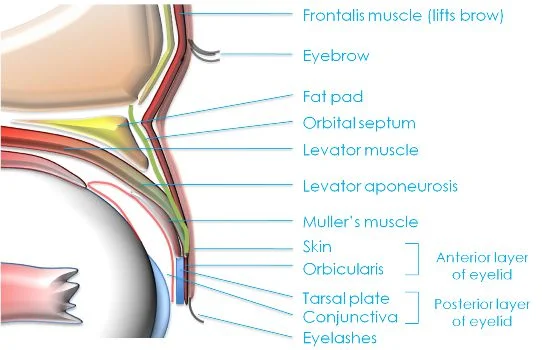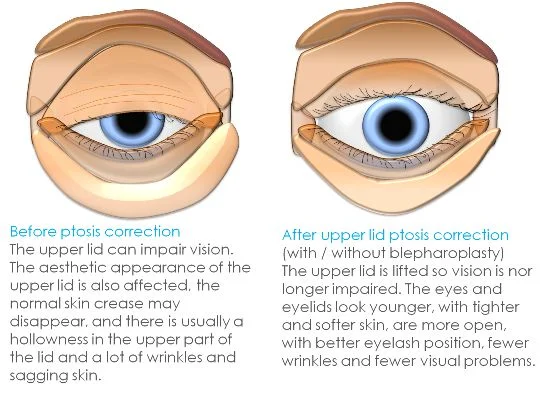Clinica London stands as a beacon of excellence in ophthalmology and dermatology, committed to delivering personalised care. We are deeply invested in understanding and addressing each patient’s unique concerns to achieve their desired outcomes.
Our oculoplastic eyelid consultant, Ms Olver, is a distinguished figure in ophthalmic surgery. Ms. Olver’s eyelid surgery expertise and precision have earned her a reputation for consistently delivering impeccable, natural ptosis surgery results.
Expert Care
At Clinica London, every patient with ptosis is treated with the utmost care. Our approach is rooted in a deep understanding of the individual needs and concerns of each patient. We are dedicated to providing tailored solutions, ensuring not just clinical excellence but also a compassionate and personalised experience.









